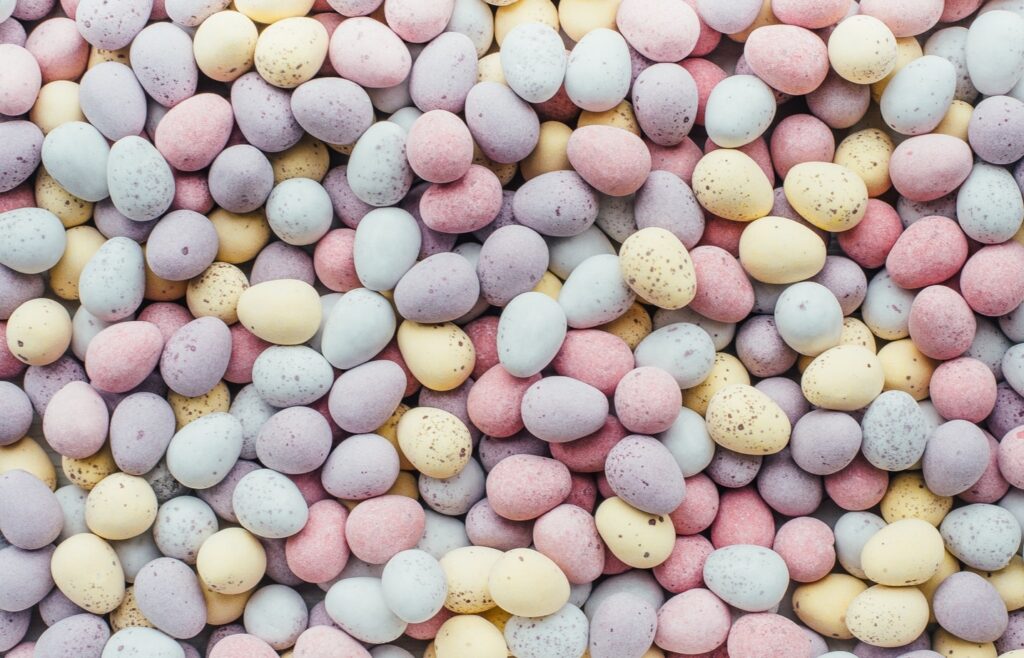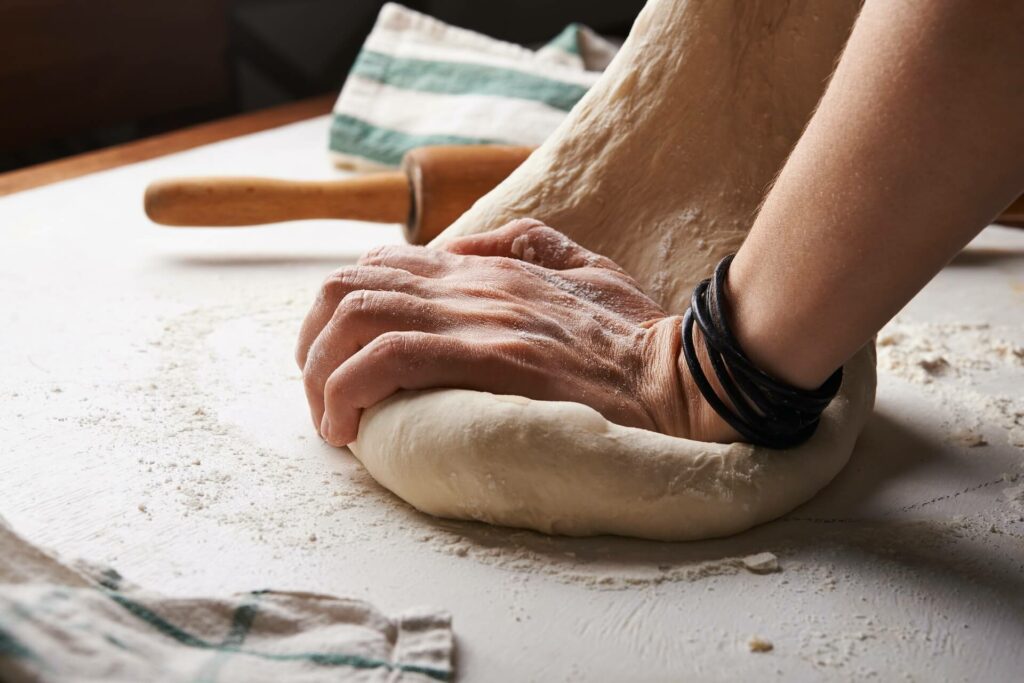While Christmas is the foremost holiday celebrated in Italy, Easter is easily the second. It’s a holiday that’s much more traditional than its Canadian counterpart, with processions and church services happening across the country. It is also a time to surround yourself with those you love, inspiring an Italian proverb that says “Natale con i tuoi e Pasqua con chi vuoi”- or “Spend Christmas with family and Easter with whomever you like.”

This sentiment is most exemplified by Pasquetta, which translates to Little Easter and is celebrated on Easter Monday, a sunny, joyful and lighthearted day spent outdoors picnicking with friends and family. Easter meal leftovers are packed into picnic baskets and carried away to beaches, parks and meadows to be enjoyed again. Central to the Pasquetta feast are eggs, either hard boiled, as a frittata or coloured eggs baked into Easter bread.
EGGS AND THE ITALIAN EASTER TRADITION
The tradition of decorating eggs dates back to the Zorastrian celebration of the vernal equinox, where eggs are painted and symbolize fertility, hope and rebirth. Eggs have come to be closely associated with Easter, and are a central part of the celebrations in Italy.

Le uova di Pasqua — chocolate eggs — are everywhere during Easter. These sweet treats can be found across Italy with different fillings. Some even have a hollow centre hiding special gifts (or a sorpresa) inside, ranging from toys to car keys or even engagement rings.
Eggs are also found in a number of savoury Italian dishes commonly a part of an Italian Easter spread. The torta pasqualina is a 500-year-old Easter pie recipe from northern Italy’s Ligurian capital city of Genoa. The filling is made of eggs, spring greens like artichoke, chard, or spinach, and herbs such as marjoram and is put into a phyllo sheet crust with exactly 33 layers to commemorate the number of years Jesus lived.

Eggs can also serve a decorative purpose, like with the pane di Pasqua and casatiello Napoletano breads. Literally meaning Easter bread, pane di Pasqua is a sweet loaf that is usually braided, though it can also be shaped like dolls or animals. It is typically embellished with bright and colourful boiled eggs. Casatiello Napoletano is a savoury and cheesy Easter cake. This ring-shaped delicacy is meant to represent Jesus’ crown of thorns. Eggs are placed inside the cake and on top of the dough, held in place with two crossed strips.
Eggs are also commonly painted as decoration. This popular activity has roots stemming from Ancient Rome. Both now and then, eggs are coloured using natural dyes made from produce, spices, or vinegar and are adorned with hand-drawn designs.
ITALIAN EASTER DINNER TRADITIONS
Lamb has been found on the Italian Easter dinner table for thousands of years and it’s not just because it’s delicious. Across various cultures and religions, lambs symbolize sacrifice and purity, pulling another great parallel to the story of Easter. Agnello alla scottadito, which translates to ‘lamb that burns the finger’, is the most popular way to serve lamb at Easter in Italy. This dish smells so good, you might risk scalding your hand by grabbing a piece while it’s still hot. Though this grilled lamb dish is originally from Rome, it is a part of Easter celebrations across the country.
COLOMBA DI PASQUA
Colomba di Pasqua is Easter’s answer to the ever-popular panettone. This cake is named after and shaped to resemble the dove, a symbol of peace, and shares many similarities to its famous Christmas counterpart. Like panettone, colomba di Pasqua is made with a fermented dough composed of flour, eggs, butter and natural yeast. Unlike panettone, which traditionally has raisins, candied oranges and citrus zest and is baked in a round mold, the dove-shaped colomba usually includes candied orange peels and is often topped with pearl sugar and almonds. There are other variations on this classic across Italy with some areas adding DOP hazelnuts or cherries.
Colomba di Pasqua is notorious for its incredibly long preparation time, needing at least 30 hours to rise, so many Italians tend to leave the baking to the experts. This dessert is said to date as far back as the 1100s during the Battle of Legnano (1176) in Milan, when the League of Lombard Municipalities defeated German Emperor Frederick Barbarossa. According to legend, the Milanese saw three doves flying over the city amidst the fight, which marked the shift towards victory for them. As a result, they celebrated their win with dove-shaped cakes. Now, we can’t guarantee whether that story is fact or folklore, but we can be sure that this sweet treat is legendary.
This April, enjoy the traditional delicacies and celebrate the season like the Italians do if you’d like. But above all, be sure to remember that “Pasqua con chi vuoi”– enjoy Easter with whomever you truly like!



Add a comment